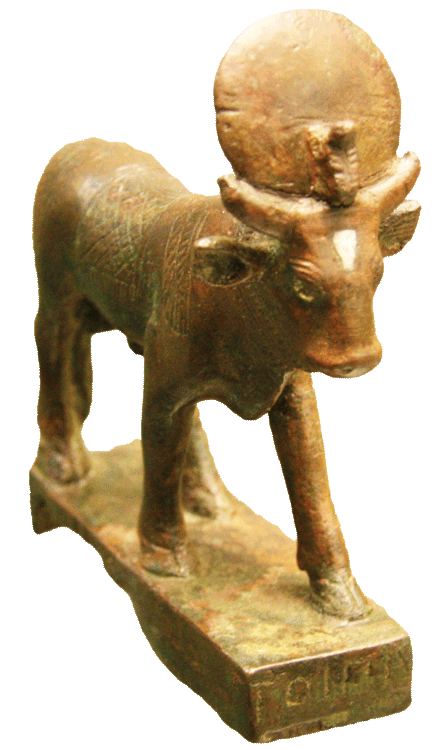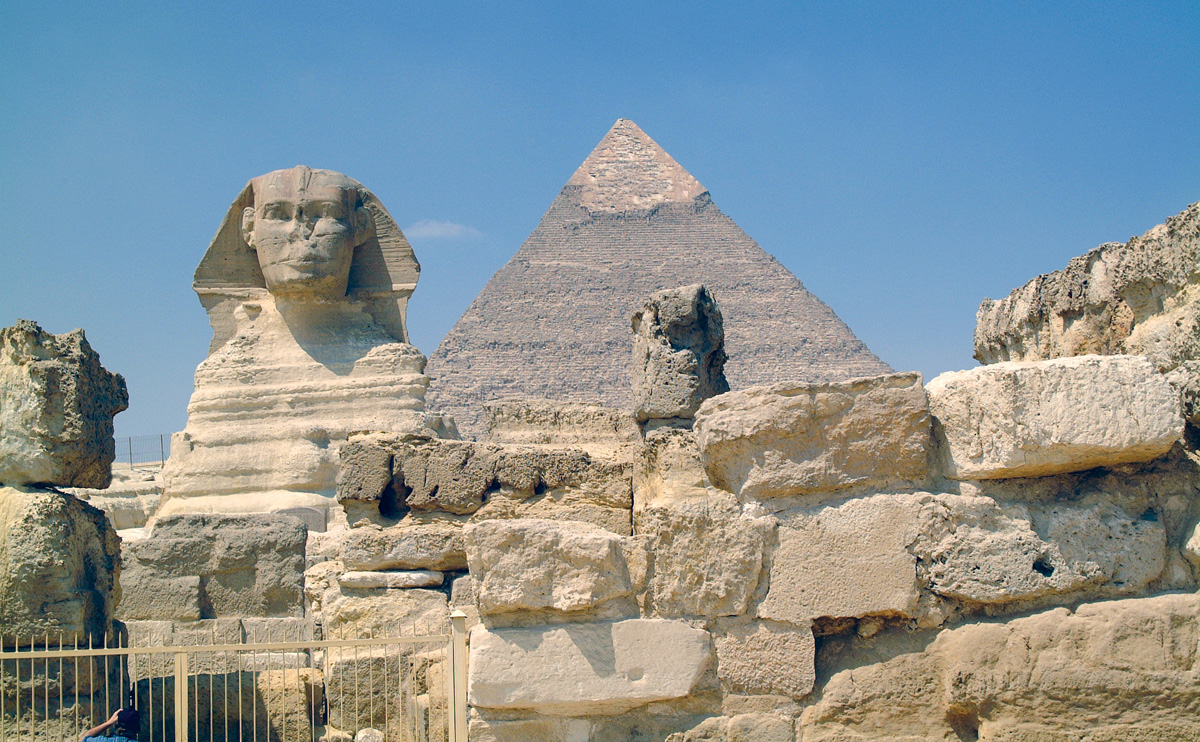Exodus
Deliverance and the Presence of God
Central Teaching
God delivers Israel from slavery in Egypt and enters into a covenant relationship with them, taking up residence among them in the tabernacle.
Memory Verse
Setting
The book of Exodus begins in Egypt and ends in the Sinai desert. The names of the Egyptian pharaohs involved are not given, so there is no consensus on the exact date of the exodus (either 1446 BC or 1270–1260 BC). The book of Exodus connects to the end of Genesis, continuing the story of Abraham’s descendants. Hundreds of years have passed, and the new pharaoh on the throne has no memory of how Joseph saved Egypt (Gen. 41). In fulfillment of the Abrahamic promises the Israelites have proliferated to the extent that they now frighten the Egyptians. Yet the Israelites still do not have their own land, a critical aspect of God’s promise to Abraham. The fulfillment of the “land promise” to Abraham drives the biblical story from Exodus to Joshua, where it is finally fulfilled.

Moses’s mother hides him in the reeds along the banks of the Nile River. Shown here is a tomb wall painting of an Egyptian hunting birds in the reeds along the Nile (1400 BC).
Message
The message of Exodus can be seen through three interrelated central themes:
- God delivers his people and brings them up out of Egypt. The fundamental message of Exodus is that God saves and delivers his people. Throughout the rest of the Old Testament the exodus event becomes the primary image of salvation.
- As God delivers Israel he acts in such a way that everyone “knows” and recognizes his power. Those who trust in God will know his salvation. Those who defy God will know his judgment. One way or the other, everyone will know God. There is no middle ground and no way to ignore him.
- A critical aspect of the covenant relationship that God establishes with the sons of Israel after he rescues them from Egypt is that he will dwell in their midst. Thus the presence of God is a major theme throughout the book. The entire second half of the book (Exod. 25–40) deals with the construction of the tabernacle, where the presence of God will dwell.

The gods of the ancient Near East were often portrayed as calves or bulls. Shown here is a bronze Apis bull from Egypt.
Outline
Interesting Features
- God himself appears numerous times in Exodus as one of the main characters.
- Exodus contains a high concentration of miraculous actions and appearances by God.
- God gives the Ten Commandments in Exodus.
- The Passover is first described in Exodus.
- Ironically, Exodus also contains one of the most tragic and rebellious actions by Israel against God (the golden calf episode in Exod. 32).

The Great Sphinx of Giza in Egypt
Connections
The central themes of Exodus echo throughout the entire Bible and are tightly interwoven into our most basic Christian theology. In the Old Testament the exodus event becomes the paradigm (or model) of what salvation is about. Thus, the exodus event is to the Old Testament as the cross is to the New Testament. The story of God’s deliverance in Exodus shapes the theological thinking of the entire Old Testament in regard to the character of God and the nature of his gracious salvation. Throughout the rest of the Old Testament, God’s favorite way of identifying himself to his people is through the repeated phrase, “I am the LORD your God, who brought you out of Egypt” (Exod. 20:2). Likewise, Exodus stresses the importance of the presence of God, a central biblical theme that runs throughout the Bible, from Genesis to Revelation.